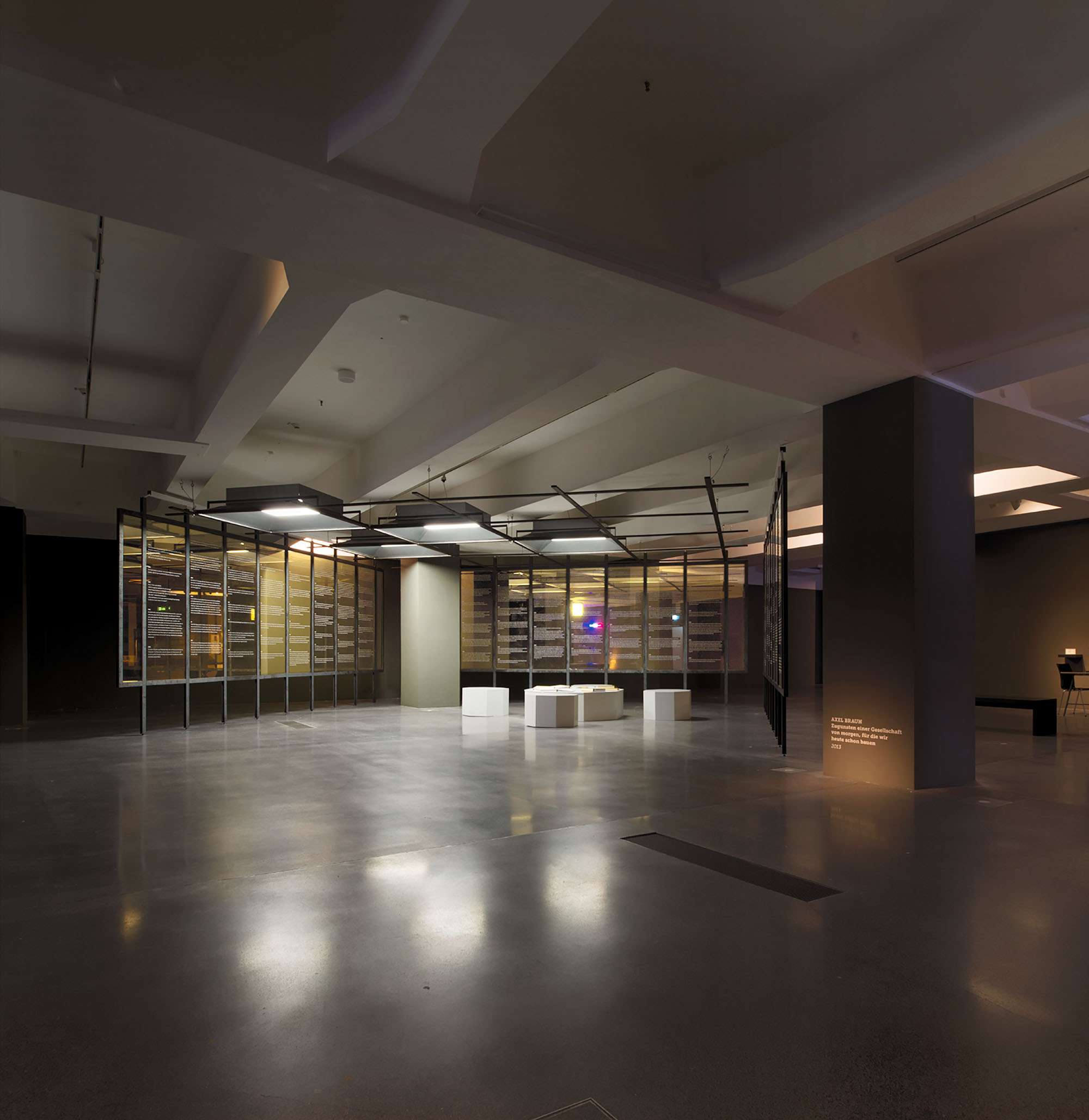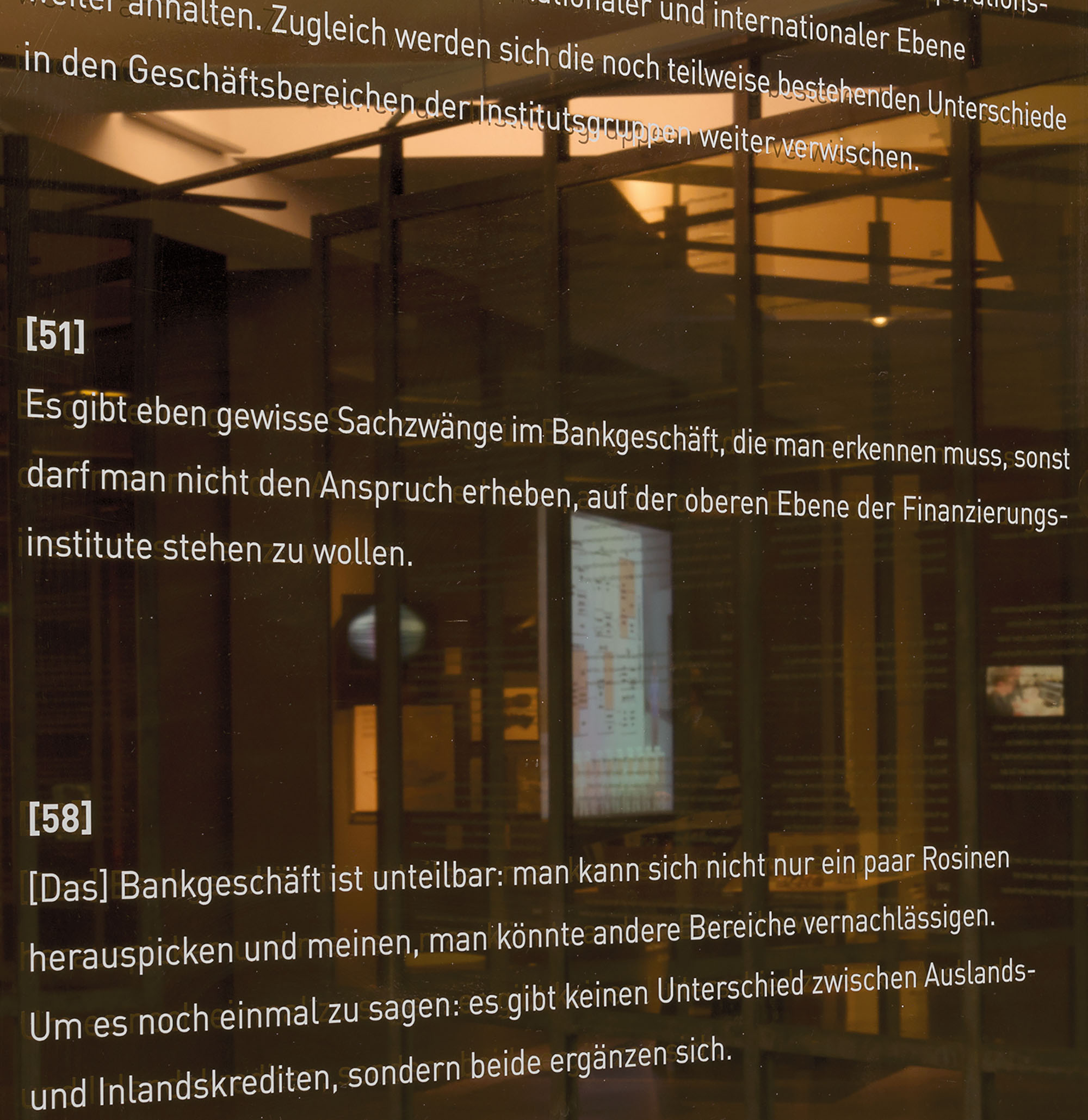A case study on the history and architecture of the former public sector bank Westdeutsche Landesbank (WestLB)
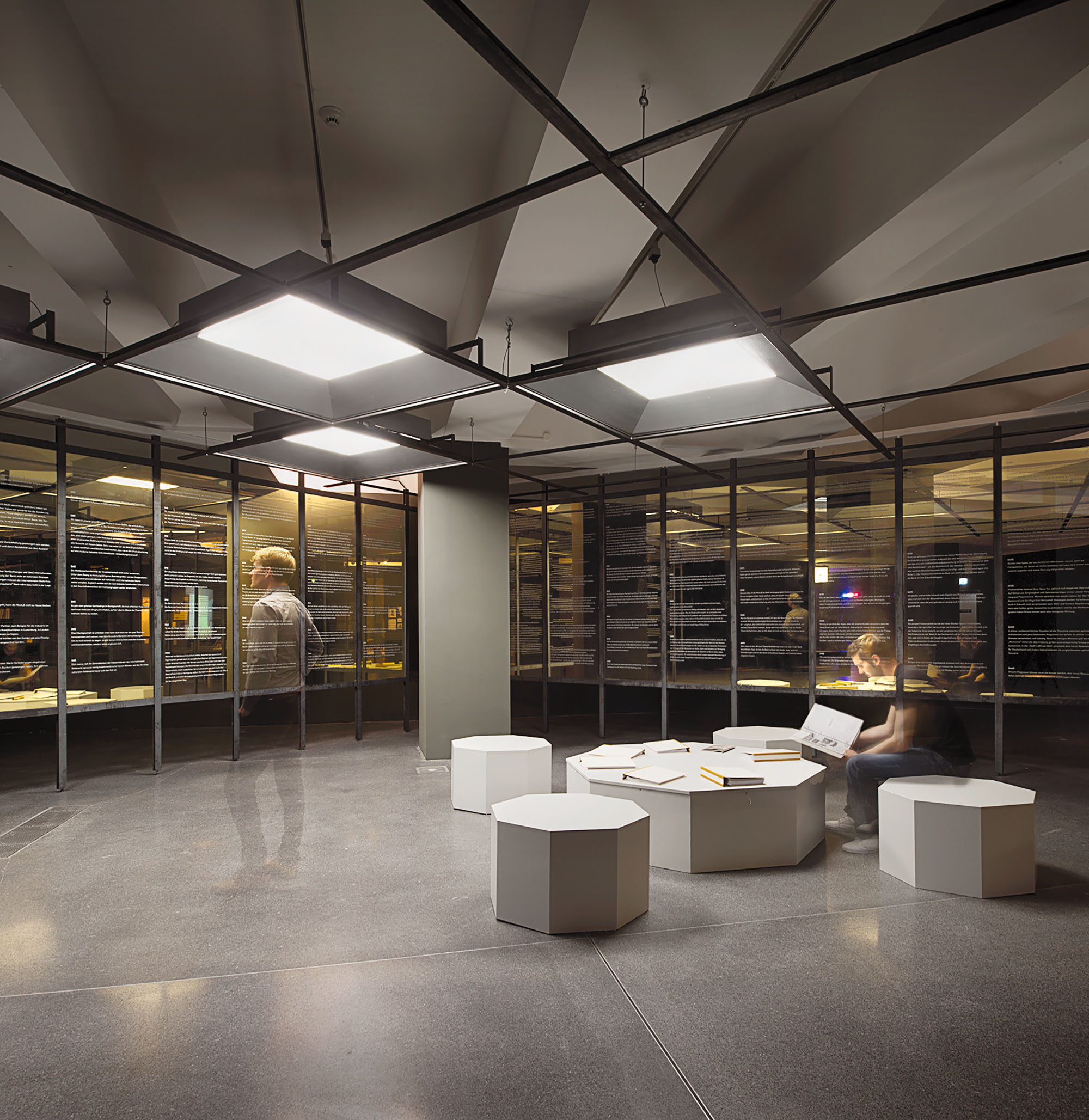
TO THE BENEFIT OF A SOCIETY OF TOMORROW FOR WHICH WE BUILD TODAY.
curated by Fabian Saavedra-Lara in the framework of the New Industries Festival of Hartware MedienKunstVerein (HMKV) at Dortmunder U.
2013, September 14 – 2014, January 26
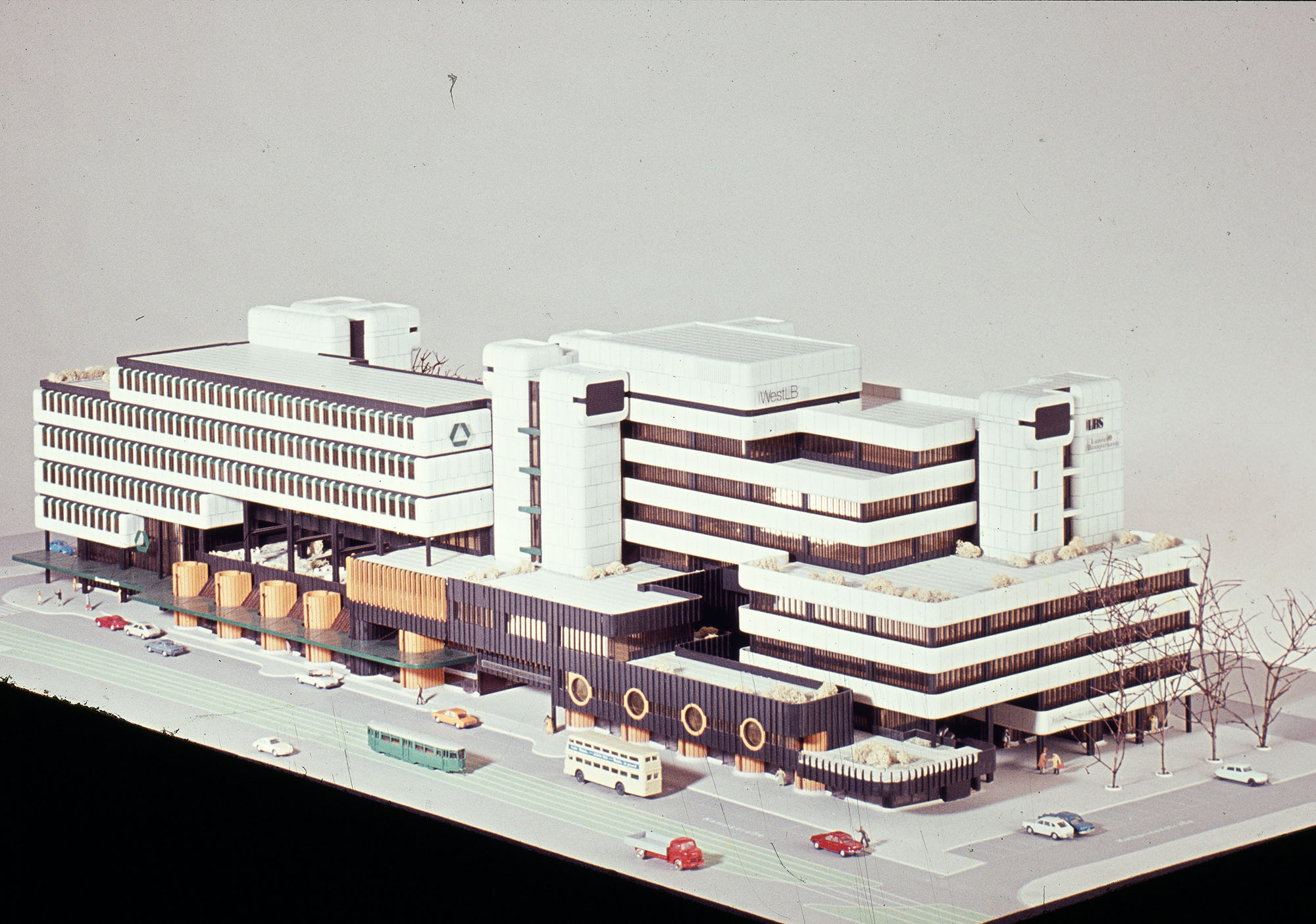
Archive of Portigon AG, Düsseldorf
Both founding director Ludwig Poullain and architect Harald Deilmann were convinced to create essential structures for the forthcoming of their contemporaries and future generations. Deilmann created the corporate architecture of Westdeutsche Landesbank (WestLB), as well as numerous additional administrative and business buildings in North Rhine-Westphalia. Thus, his work characterised the public space of the federal state significantly. Poullain gave him extensive freedom in design, as he saw architecture as a central means to establish a new spirit in banking. Next to “inviting facades” and open space offices, a vigorous expansion across the borders of the federal state was part of this initiative. The ambition was not only to support the regional economy on its way into “world trade” but also to become a significant force in designing the processes of globalisation.
A few years later, Poullain already had to leave his post. His successor Friedel Neuber further expanded the bank and successfully restructured it towards a financing vehicle for the federal state’s government. His ambitions to enter investment banking as a global player ended in an endless series of failures and scandals that could not be balanced by his successors anymore. After the global financial crisis, the bank needed a bail-out from the federal state. The European Commission interpreted this step as competitive distortion and eventually ordered the dismantling of the bank in 2012.
Results of the case study were presented at HMKV at Dortmunder U in an installation built from original and reconstructed building parts of the WestLB branch Dortmund. Based on the strict 8 x 8 metres grid of the corporate architecture, three facade elements and the characteristic ceiling design of the open space offices were recreated. Quotations from 40 years of employee magazines were presented on the bronze-coated windows to tell the story of the bank in its own words. The enthusiasm of the founding years and comments about the scandals marking the demise blend into the polyphonic narration that mirrors the changing zeitgeist during the forty years of the bank’s existence.
The installation was presented in the framework of the New Industries Festival and the exhibition Requiem for a Bank (curated by Fabian Saavedra-Lara) at Hartware MedienKunstVerein in 2013.
An artist book was created directly related to the installation and was published by Verlag Kettler, Bönen.

A:AI Archiv für Architektur und Ingenieurbaukunst, Technische Universität Dortmund
The installation is based on the basic grid of the WestLB corporate architecture.

A:AI Archiv für Architektur und Ingenieurbaukunst, Technische Universität Dortmund
TO THE BENEFIT OF A SOCIETY OF TOMORROW FOR WHICH WE BUILD TODAY.
curated by Fabian Saavedra-Lara in the framework of the New Industries Festival of Hartware MedienKunstVerein (HMKV) at Dortmunder U.
2013, September 14 – 2014, January 26
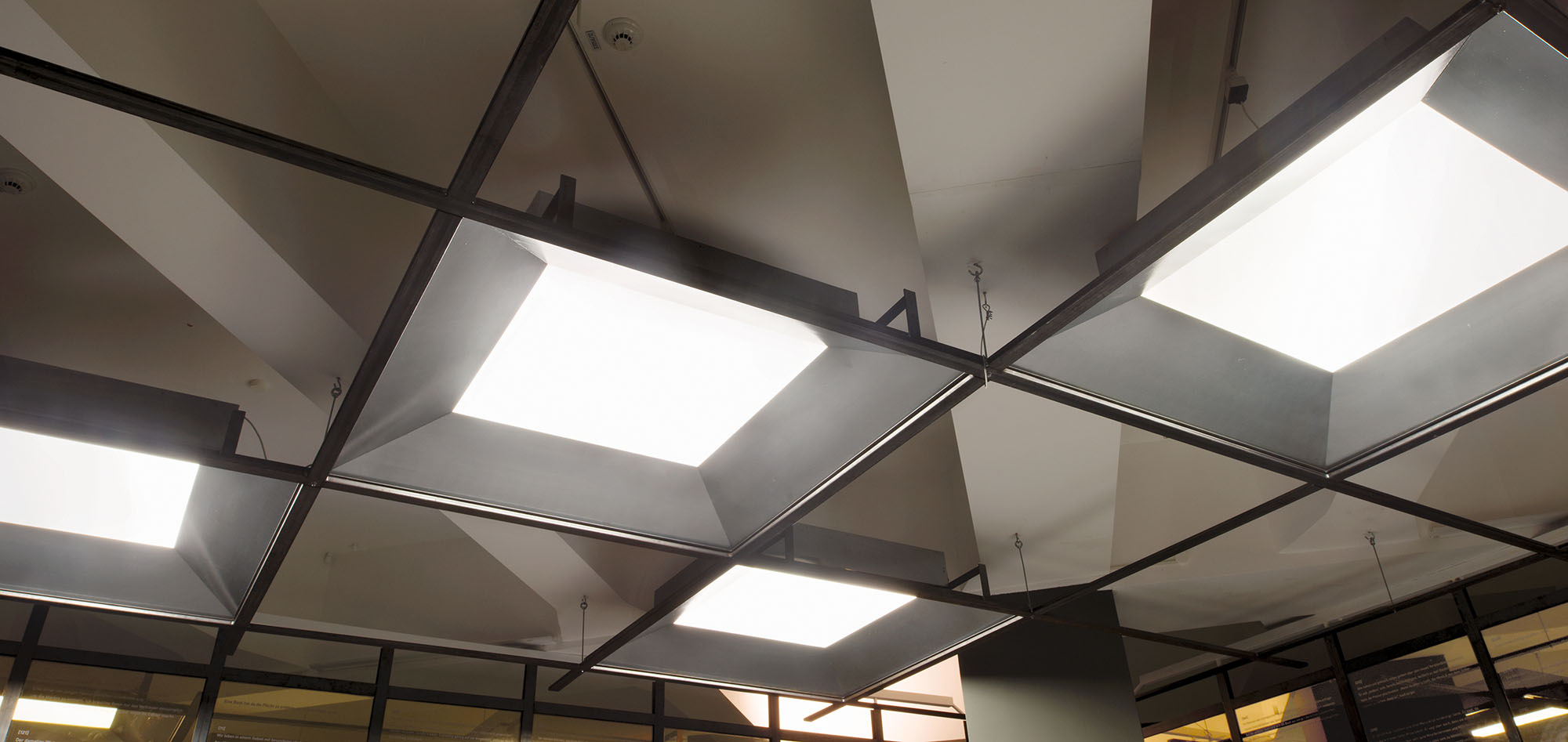
Reconstruction of ceiling elements from open space offices of WestLB
steel, HDF, fluorescent lights, diffusion film
overall measures: 800 x 800 cm, measures per element: 153 x 153 x 37 cm
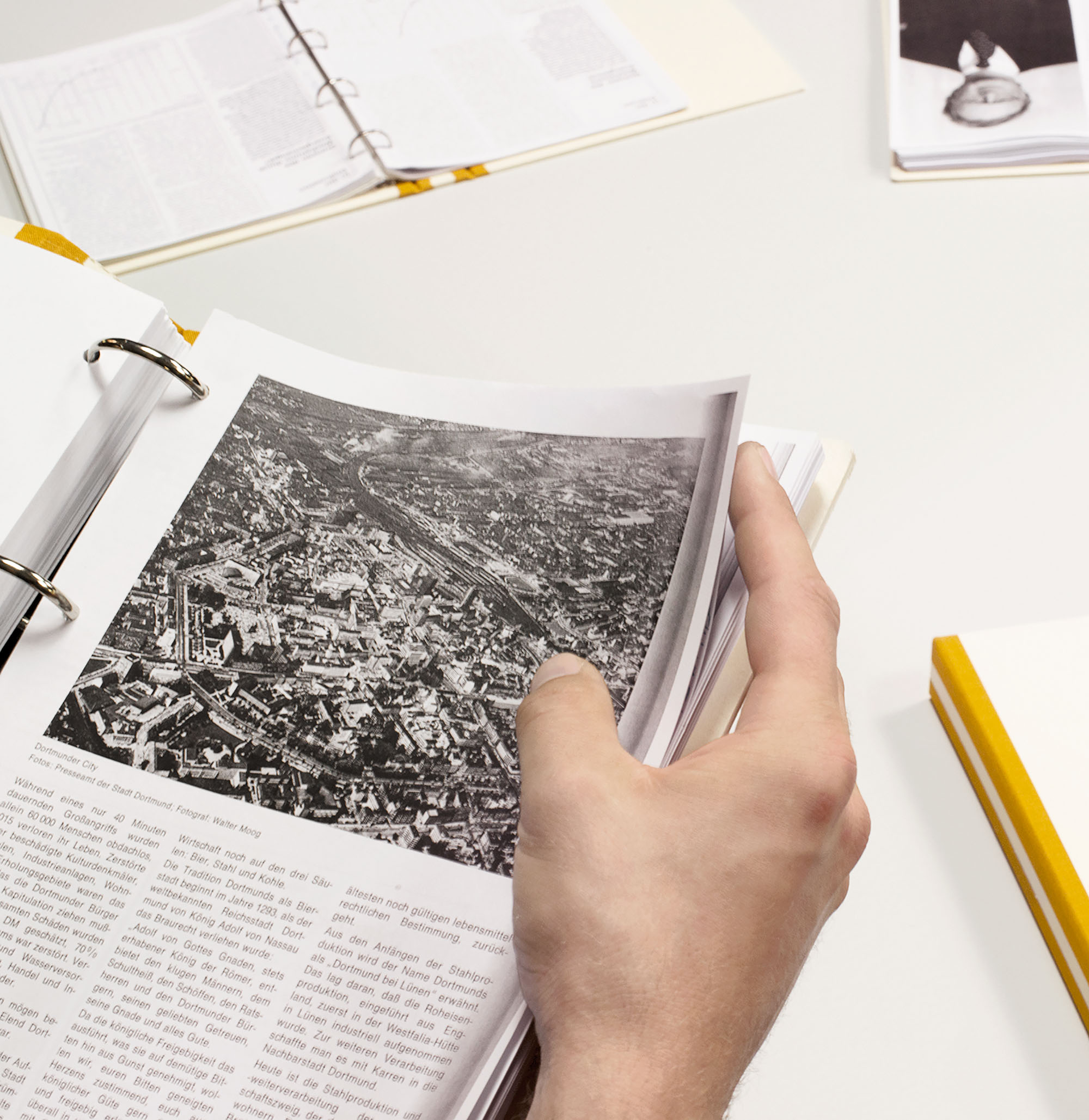

Editors: Axel Braun, HMKV, Fabian Saavedra-Lara; Concept: Axel Braun; Typography: Johanna Unterberg
Verlag Kettler, Bönen, 2013; ISBN: 978-3-86206-330-7
Supported by Stiftung Zukunft NRW
